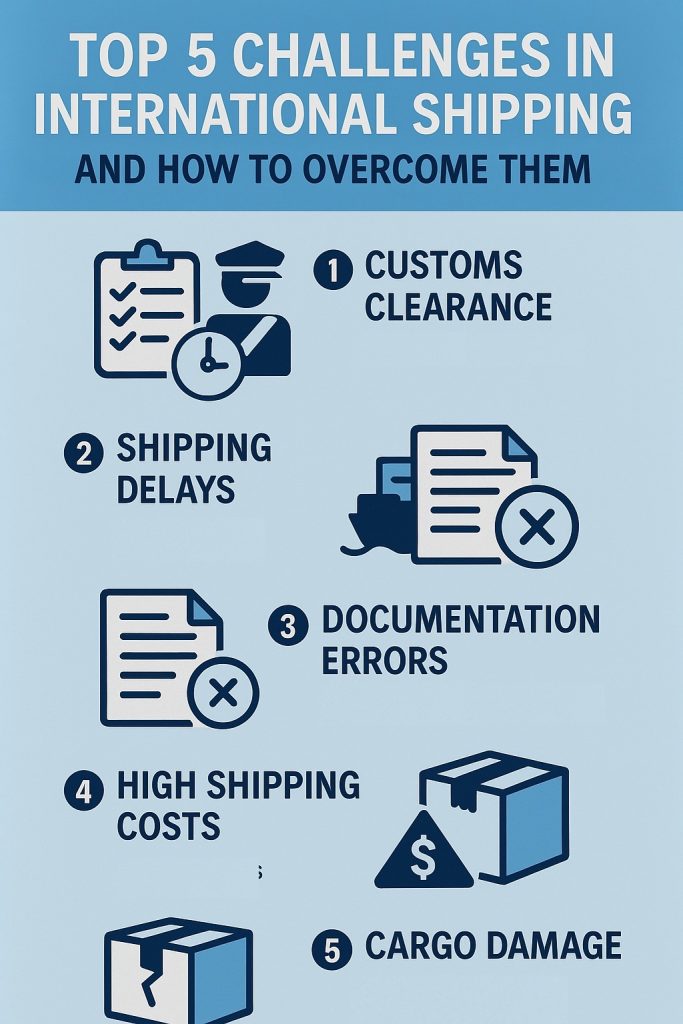A Mobile Solution for Employee Attendance and Task Tracking
Wed 04/12/2024 10m read 1098 views
Top 5 Challenges in International Shipping
Top 5 Challenges in International Shipping and How to Overcome Them
International shipping is the backbone of global trade, connecting businesses to customers across continents. While it offers unparalleled opportunities, it also comes with unique challenges that can disrupt operations, inflate costs, and impact customer satisfaction. Here’s a look at the top five challenges in international shipping and actionable strategies to overcome them.

1. Complex Customs Regulations
Navigating customs requirements is one of the biggest hurdles in international shipping. Every country has its own set of rules, documentation, and tariffs, which can lead to delays, fines, or even confiscation of goods if not handled properly.
Solution
- Expert Knowledge: Work with logistics providers experienced in customs clearance for your target regions.
- Pre-Documentation: Ensure all paperwork is completed accurately and submitted on time.
- Customs Brokers: Leverage brokers who can handle clearance processes efficiently.
2. High Shipping Costs
Shipping internationally can be expensive due to factors like fuel surcharges, taxes, warehousing fees, and last-mile delivery costs. For businesses with tight margins, these costs can quickly add up.
Solution
- Consolidation: Combine shipments to reduce costs through economies of scale.
- Technology Tools: Use shipping calculators and software to compare carrier rates.
- Strategic Partnerships: Negotiate volume discounts with logistics providers.
3. Unpredictable Delays
Delays can occur due to weather conditions, port congestion, labor strikes, or political instability. These disruptions can lead to missed deadlines and unhappy customers.
Solution
- Real-Time Tracking: Invest in systems that provide live updates on shipment status.
- Risk Assessment: Analyze potential risks in your shipping routes and plan contingencies.
- Flexible Logistics Partners: Choose partners who can reroute shipments or adjust schedules during disruptions.
4. Limited Transparency
Lack of visibility into the shipping process is a common frustration for businesses and customers alike. Uncertainty about the location or condition of goods can damage trust.
Solution
- Advanced Tracking Systems: Implement tools that offer end-to-end visibility for all stakeholders.
- Communication: Maintain open lines of communication with carriers and update customers proactively.
- IoT Devices: Use sensors to monitor shipments for temperature, humidity, and location in real time.
5. Last-Mile Delivery Challenges
The final leg of the shipping process, or last-mile delivery, is often the most complex and costly. It involves navigating local infrastructure, addressing inaccurate delivery information, and ensuring timely hand-offs to customers.
Solution
- Local Partnerships: Work with local delivery providers who know the area well.
- Address Verification: Use software to validate delivery addresses before dispatching.
- Flexible Options: Offer customers multiple delivery choices, like in-store pickup or drop-off points.
Conclusion
While international shipping presents a range of challenges, the right strategies and partnerships can turn obstacles into opportunities. By prioritizing efficiency, leveraging
If you’re looking for a trusted partner to simplify your logistics, our door-to-door shipment solution offers the expertise and tools you need. Let’s make global trade seamless together!
#InternationalShipping #GlobalLogistics #ShippingSolutions #LogisticsChallenges #GlobalTrade
Related articles










